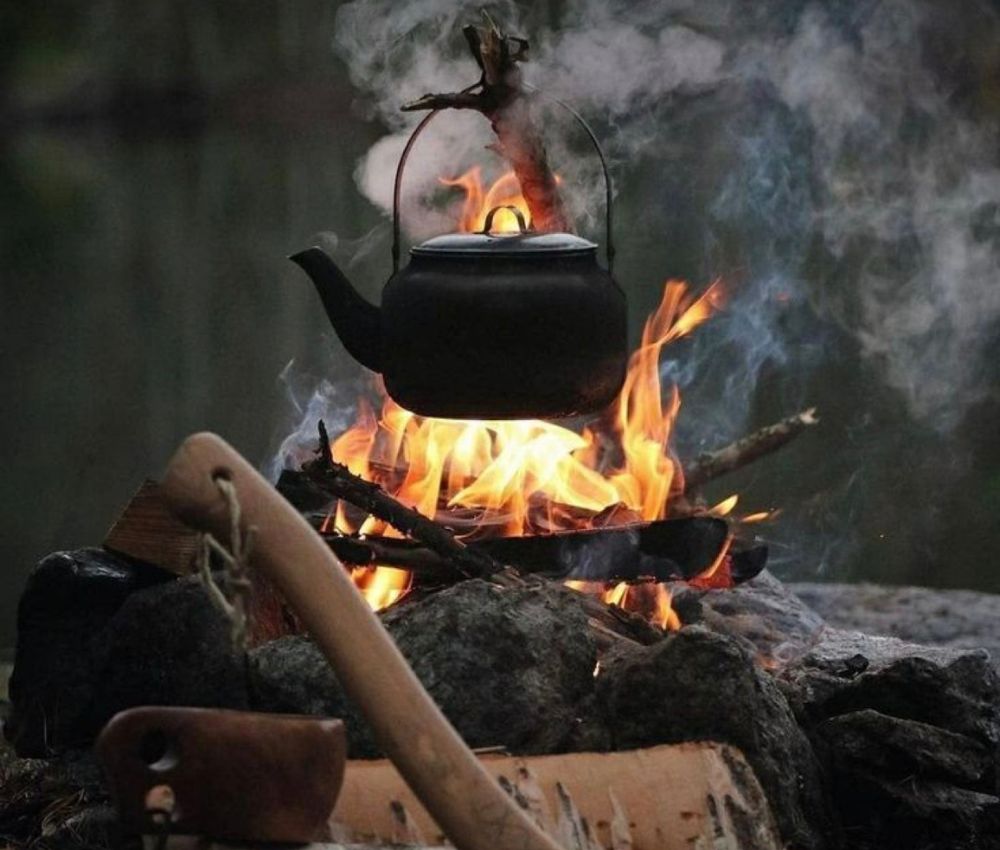Exploring the Differences Between Facilitation and Leadership

Exploring the Differences Between Facilitation and Leadership
Kia ora koutou. A warm welcome to our new visitors joining us for the first time. Last week, we continued our journey from previous discussions on Collective Leadership, yarning about the unique yet interconnected roles of Facilitation and Leadership. We explored the qualities that set them apart while recognising how they complement each other. Below, we’ve gathered the reflections and insights shared during our kōrero, capturing the voices and experiences of those who participated as we contemplated what it means to lead versus facilitate within a group.
Creating Safe Spaces: The Heart of Facilitation
Many participants expressed that at the core of facilitation is the creation of safe spaces. Different from leadership, which often involves setting goals and driving a vision, facilitation ensures that there is participation with everyone having a voice in an environment of trust and openness. As one participant put it, “For me, facilitation is about trusted relationships with the group. It’s about creating a safe space where people feel they can speak and share openly.” Another person shared a similar perspective, noting, “As a facilitator, I’ve had people speak about things they’ve never shared before. It’s that opportunity to let people speak from the heart.” These reflections highlighted how facilitation is anchored in empathy, kindness, and vulnerability, allowing others to engage more deeply and meaningfully.
Facilitation vs. Leadership: Two Unique Roles with Shared Purpose
We discussed how leadership is often forward-focused, aiming to set a clear path and direction, while facilitation engages the group in the journey rather than leading it in a particular direction. As was shard by one contribution, “Facilitation and leadership are different, but they’re also complementary. A leader often sets the vision, while a facilitator brings the rest of the rōpu (group) on board to support that vision.” Another participant added, “Leadership is about having a 360-degree vision. The leader sees the big picture, including the pitfalls and challenges. Facilitation, on the other hand, helps bring everyone along and allows each person to see their role within the bigger vision.” ** ** These perspectives highlighted that while a leader may hold the vision, a facilitator draws out the wisdom and strengths of each group member, making the journey a truly collective experience.
Role Modelling vs. Neutrality
Another theme that emerged was the neutrality that facilitators bring into the room, a marked difference from the role-modelling behaviours often expected of leaders. As one participant shared, “What I liked was around facilitation and being a neutral person in that space—not necessarily coming with your own ideas but facilitating the group.” Another participant highlighted this further by explaining that “Leadership is about role modelling, about being the leader that others want to follow and be inspired by, rather than pushing them in a specific direction.” This neutrality allows each group member to explore, contribute, and arrive at shared insights without being influenced by the facilitator’s own ideas, creating an environment that supports mutual growth and learning.
Bringing Out Collective Wisdom
Another insight was the unique opportunity facilitators have to bring together diverse perspectives, drawing out wisdom that might otherwise remain untapped. As one participant shared, “Basically, when you’re facilitating, you’re bringing together a whole bunch of people who bring their unique wisdom, experience, and expertise into the same space. It’s a chance to pull from that collective knowledge.” ** ** This highlights the role of facilitation as a means of connecting varied perspectives and enabling shared knowledge creation that is unique to each group.
Curiosity and Playfulness in Facilitation
The role of curiosity and playfulness in facilitation was also an interesting theme shared. One participant noted that facilitation allows for a kind of exploration that leadership might not always encourage, sharing, “In facilitation, I like to encourage people to play. We, as adults, often lose the ability to explore freely without worrying about outcomes. I lay everything out, but I don’t give people all the answers. I just say, ‘What do you think?’” By encouraging curiosity, facilitators create a space for the group to think creatively, explore openly, and connect more deeply. This playful mindset can lead to deeper insights and a stronger sense of connection.
Empowering Others to Step Into Leadership
Another theme was the idea of empowering individuals to see themselves as leaders, breaking away from hierarchical notions of leadership. As one participant noted, “In many spaces, there’s still the mentality that leaders are ‘up there’ while everyone else is ‘down here’. It shouldn’t be that way. You are a leader in your own right and need to feel empowered to voice your perspective.” ** ** This reflection brought forward the importance of recognising each individual’s capacity to lead, emphasising that leadership isn’t limited to formal roles or titles. Facilitation, in this sense, supports a mindset where everyone in the group feels they have a valuable contribution to make and can lead in their own way.
A Walk Together Perspective: Intertwining Leadership and Facilitation
We see these two roles—leadership and facilitation—as both distinct and deeply intertwined. Without facilitation, even the most capable leaders might inadvertently hold all the power at the top, creating dependency on hierarchy rather than fostering a culture of shared leadership. While we recognise that not all decisions can be shared—there are times when a leader must act independently and make crucial calls—facilitation helps balance “doing with” rather than “doing to.” By integrating facilitation, we distribute leadership across the group, co-creating an environment where responsibility and influence are genuinely shared.
As always, your voices continue to deepen our understanding of facilitation and leadership. Next week, we’re looking forward to a new topic inspired by this kōrero: Curiosity and Playfulness**.** We’ll explore how curiosity can reshape our approach to both leadership and facilitation, and how embracing playfulness can bring light-hearted energy into our work that can sometimes feel heavy, complex or insurmountable at times.
Question for Reflection:
How can we, or how do we cultivate curiosity and playfulness in our work and spaces, and what role do these qualities play in leadership and facilitation?
Ngā manaakitanga
The Walk Together Whānau


